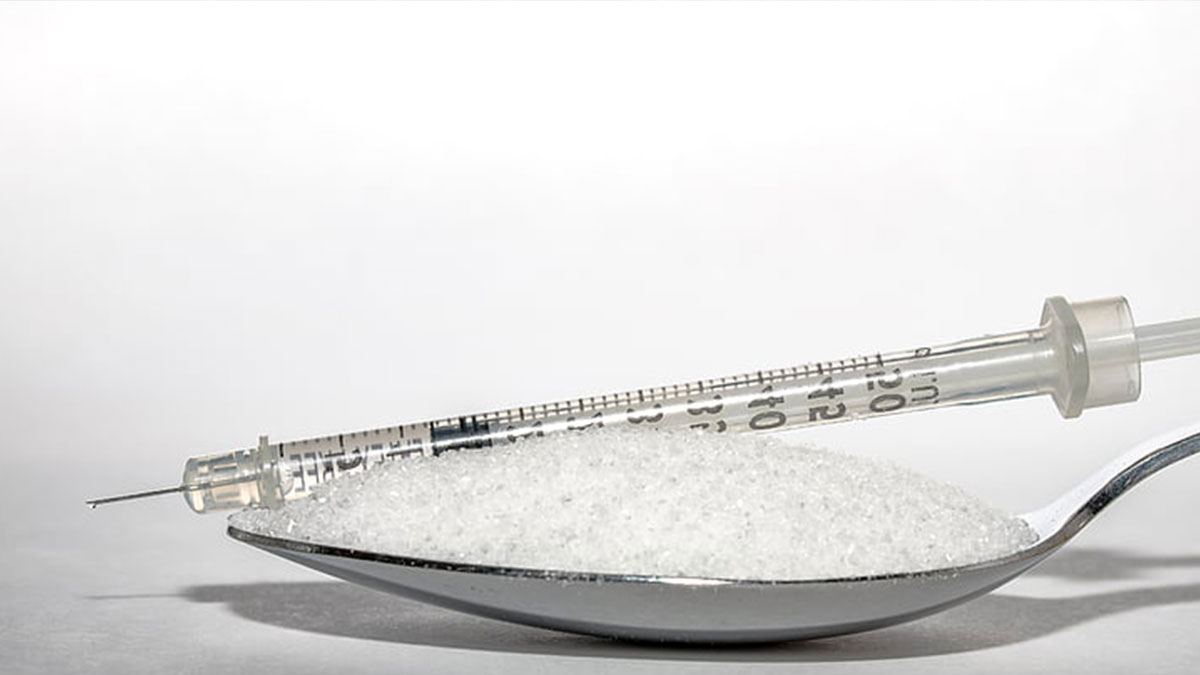Can natural senolytic compounds found in food really provide you with the known longevity benefits associated with senolytics? The answer may surprise you.

Can natural senolytic compounds found in food really provide you with the known longevity benefits associated with senolytics? The answer may surprise you.

Stuck at a desk all day? Studies show just one minute of squatting exercises may help beat brain fatigue and boost mental energy.

Cellular senescence is one of the main contributors to the aging process and has a significant impact on healthspan. Read on to better understand the concept of cellular senescence and the evolving field of senolytics.

There's a lot of talk about NMN and NR (precursors for NAD+) within the longevity space. Learn the differences between NMN and NR and which one is right for you.

Can scents really impact cognitive performance? Discover the intriguing link between incorporating a nightly aromatherapy and its impact on cognitive performance, assessed through a standard memory test.

Could getting more sleep help you lose weight? A 2022 study set out to answer that question. Here’s what you need to know.

Psychobiotics are probiotics and prebiotics for the brain. But can psychobiotics really influence cognition, stress responses, mood, and emotional regulation? Read to learn more.

Tired of feeling mentally drained? Explore how to clear brain fog with actionable steps to regain sharpness and take back control of your life.

Everyone can benefit from acquiring a general understanding of our innate Reticular Activating System, as it is central to how, when, and why we focus on something.

Cellular senescence is a state of irreversible growth arrest that turns functional cells into zombie cells. These senescent cells occur in all types of tissues and organs and the skin is no exception.

Structural plasticity is the brain’s ability to physically reshape its structure in response to change.

Rewire your brain with these 8 powerful neuroplasticity exercises. Data-backed ways to boost memory and mental agility.

There is an organ that we often take for granted and whose importance should probably be more acknowledged: the skin.

This study aimed to assess whether Qualia Skin, by providing skin nourishment from within and supporting comprehensive skin health and healthy skin aging, would change participant satisfaction and self-ratings of aspects of the skin’s feel and appearance.

Understanding the main aspects of skin health, the major processes and pathways of healthy skin physiology, and the mechanisms of skin aging is essential to learning how to keep the skin healthy and youthful.

The best way to understand how to keep the skin healthy and youthful is by understanding what are the factors that impact skin health and aging, which is what we’ll explore in this article.

The skin is a special organ that combines the body’s major systems: circulatory, nervous, muscular, immune, endocrine. It is a barrier that protects us against the threats in our environment, but it is also a sensory organ that allows us to perceive the outside world. Read on to understand both the structure and function of the skin.

Selectively eliminating dysfunctional mitochondria (mitophagy) and replacing them with new mitochondria (mitochondrial biogenesis) helps us stay biologically younger. But what exactly are the functions of mitochondria and how does mitochondrial health affect aging?
Being fully aware of the hurdles of screen time—we spend as much time looking at screens as anyone else—we wanted to create a product that would support and protect the health, resistance, and resilience of the visual system. We designed Qualia Vision to help our eyes cope with the challenges of the digital age hose a set of ingredients that could support visual health and performance.

Learn what blue light is and if it’s bad for our eyes.

Nootropics are substances that enhance cognitive function and performance. Nootropics have become increasingly popular in recent years but you might still have questions about the science surrounding nootropics. If so, this article is for you.

Insulin is a hormone produced by beta cells in the pancreas with a central role in the regulation of metabolism and cell energy reserves. The major metabolic action of insulin is to regulate blood glucose levels and to promote the storage of energy substrates as macromolecules that can be mobilized between meals or in contexts of high energy demand.

Oxidative phosphorylation (OXPHOS) is the major pathway of ATP production. ATP is the energy-rich molecule that powers cellular processes that require energy input. OXPHOS occurs in mitochondria and uses energy extracted in the metabolism of cellular fuels, particularly in glycolysis, fatty acid oxidation, and the citric acid cycle, to power the production of ATP.